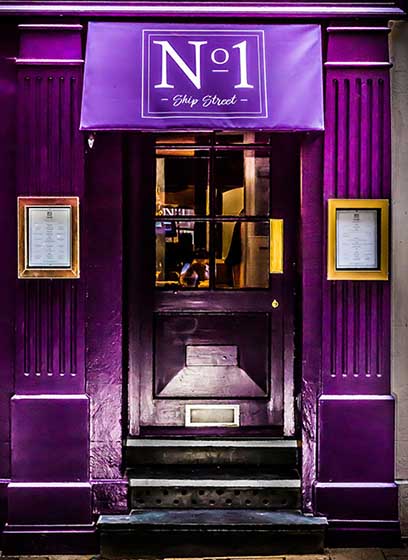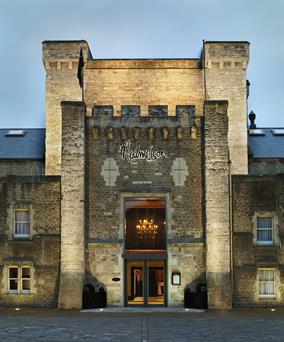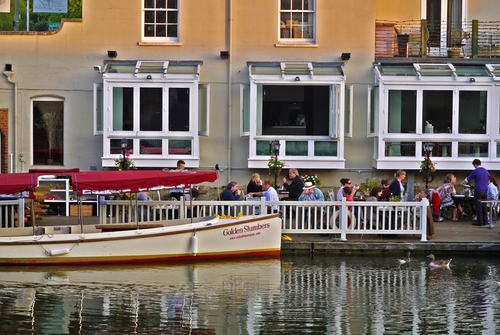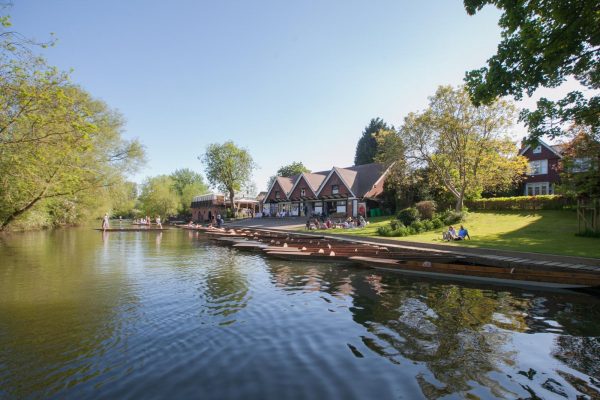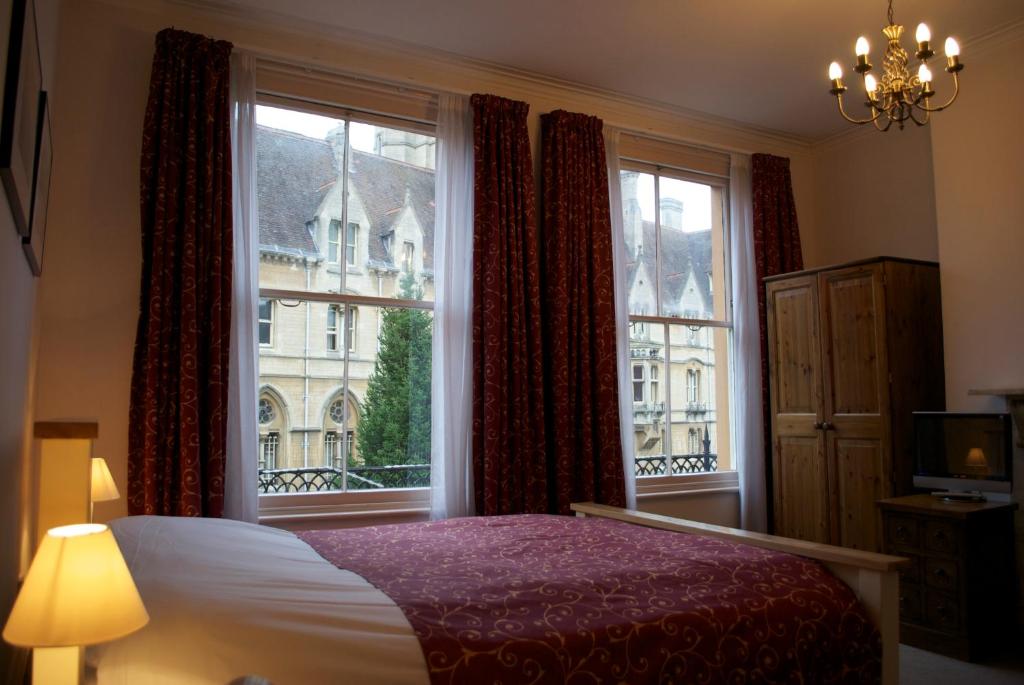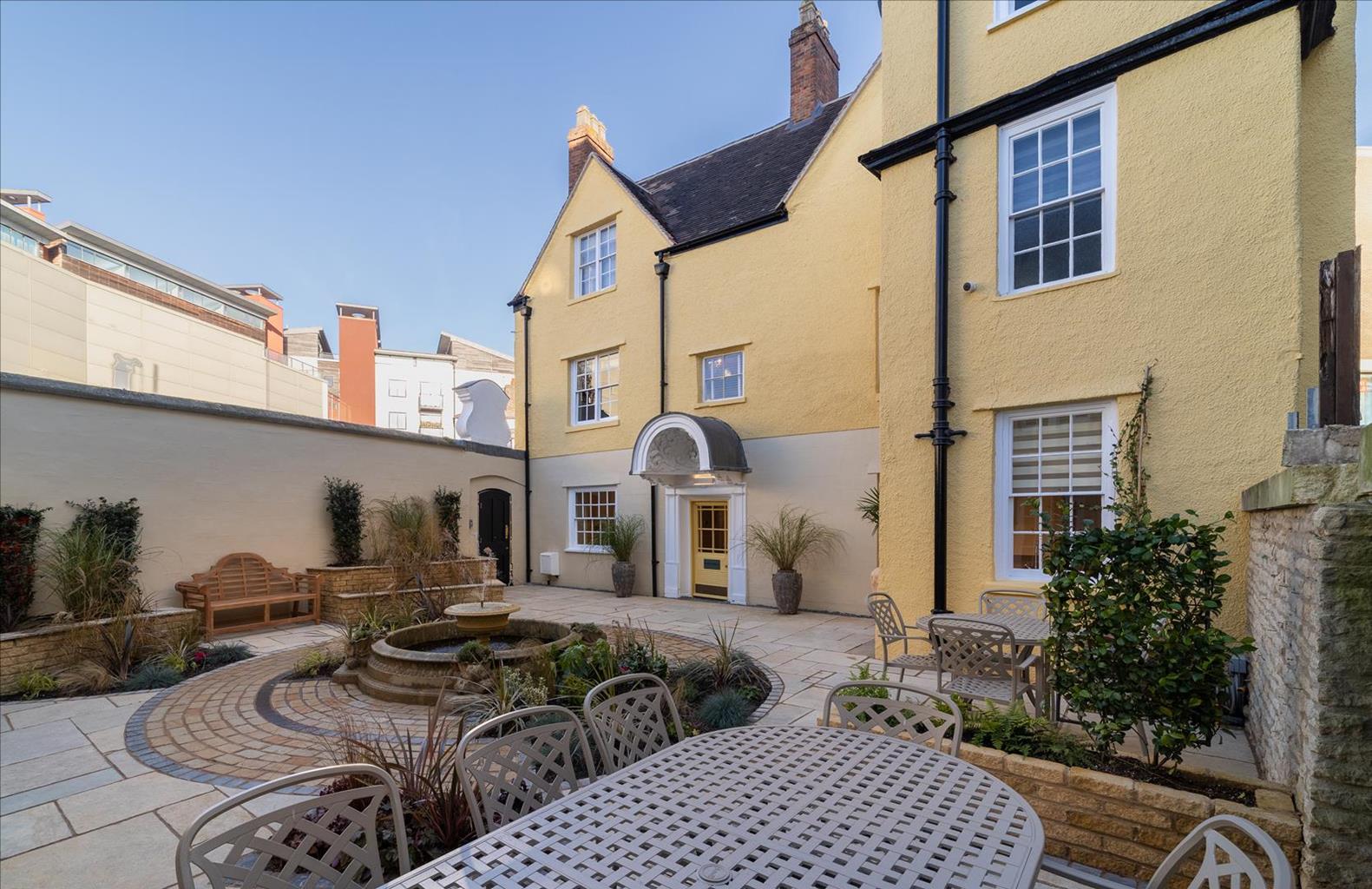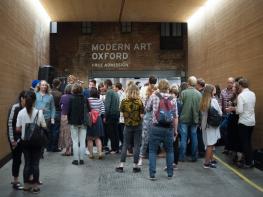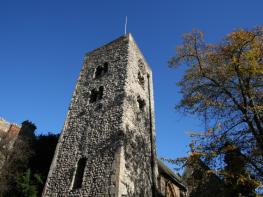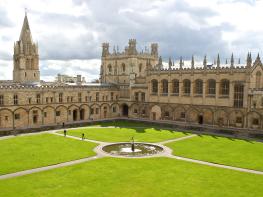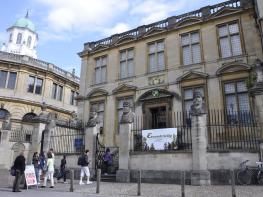The Buttery is located in the heart of Oxford and surrounded by historic buildings, pubs,…
Oxford – streets and riverside meadow

2.25 miles (3.6kms)
About the walk
Likened by Thomas Hardy’s Jude to ‘the heavenly Jerusalem’, Oxford’s history, beauty and tradition are admired throughout the world, ranking in importance alongside Rome, Athens and Paris. Even when its scholars have moved on, they return time after time to embrace and savour that curiously indefinable ‘spirit of Oxford’.
From the top of its highest buildings you begin to realise that Oxford, like Florence, lies at the bottom of a shallow bowl encircled by gentle, protective hills. Originally known as Oxnaforda, Oxford was a settlement of some importance long before the university came into being. It began with the foundation of St Frideswide’s nunnery in the 8th century and was first mentioned by name in the Anglo-Saxon Chronicle of 912, which records that King Edward the Elder had made it a fortified frontier position in his defence of Wessex.
The settlement grew and, after the Norman Conquest in 1066, King William appointed his comrade in arms, Robert d’Oilly, to be Oxford’s governor. However, it was at the end of the 12th century, when Henry II prevented English clerks from attending the University of Paris, that scholars looked upon Oxford, by then one of the nine most important towns in the country, as somewhere suitable to continue their studies.
Oxford University does not exist as such. Each college is virtually autonomous, with its own rules and administration. It is the treasured and world-famous landmarks that form the real core of the university – in the compact heart of the city you’ll find a hugely varied assortment of ancient buildings and monuments, among them the Radcliffe Camera, the Sheldonian Theatre, the Divinity School and the Bodleian Library.
Millions of pounds have been spent on restoring and cleaning the stonework of the colleges and university buildings. A stroll through Oxford’s streets reveals much of the city’s history, not least its role in the English Civil War. Oxford was the Royalist headquarters as well as the seat of Charles I’s parliament. Even Hitler is associated with Oxford. He was so impressed by his interpretation of its tradition that he planned to make it his capital once he had successfully invaded Britain.
Walk directions
Start at the Carfax, where four streets converge – Carfax comes from the Latin quadrifurcus, for ‘four-forked’. Carfax Tower is where Charles II was proclaimed King in 1660. Walk ahead into St Aldates and head for the visitor entrance to Christ Church, Oxford’s largest college, founded in 1525 by Cardinal Wolsey. When he was disgraced it was refounded as King Henry VIII’s College. It became known as Christ Church when the college and the cathedral became one. Christ Church has had many notable students, including thirteen Prime Ministers and others including John Wesley, Lewis Carroll and W H Auden. Go left through the gates and walk down the tree-lined walk. On the left is the visitor entrance to Christ Church, or keep ahead to the green expanse of Christ Church Meadow.
On reaching the Thames towpath, swing left and follow the riverbank. Keep ahead until you reach the confluence of the Thames and the River Cherwell. There is a steeply arched footbridge here. Avoid it and keep alongside the Cherwell. The river meanders between the meadows and sports fields. Leave the river bank and pass through wrought-iron gates to walk up Rose Lane.
With Magdalen Bridge and Magdalen College bell tower on your right, turn left at the High Street or ‘the High’, as it is known in Oxford. Cross Longwall Street and turn right into Queen’s Lane. The high perimeter wall of Queen’s College is on the left and on the right are St Edmund Hall and the former parish church of St Peter-in-the-East. Continue into New College Lane and on the right, beyond the arch, is the entrance to New College. Keep along New College Lane to the Bridge of Sighs, a 1913 replica of its Venice namesake, and in front of you is the Sheldonian Theatre.
Designed by Sir Christopher Wren and completed in 1669, the theatre was built to hold important university meetings and ceremonies. Turn left here for the Radcliffe Camera and cross Radcliffe Square towards Brasenose College, which probably took its name from a brazen door-knocker in the shape of a nose. Turn right into Brasenose Lane, then right again into Turl Street, cutting between Jesus College and Exeter College. Make for Broad Street and on the right is St Giles, where Charles I drilled his men during the Civil War. Turn left into Cornmarket Street, passing the Church of St Michael at the North Gate. Its Saxon tower is the oldest building in Oxford and originally linked the city wall and the North Gate. Return to the Carfax Tower.
Additional information
Pavements, field and riverside paths, several stiles
Urban, field and meadow on city outskirts
Not ideal for dogs in Oxford city centre; keep dogs under control throughout the walk
OS Explorer 180 Oxford, Witney & Woodstock
Parking in city centre, or use park-and-ride, or travel by train
Various in Oxford, including Westgate Shopping Centre
WALKING IN SAFETY
Read our tips to look after yourself and the environment when following this walk.
Find out more
Also in the area
About the area
Discover Oxfordshire
Located at the heart of England, Oxfordshire enjoys a rich heritage and surprisingly varied scenery. Its landscape encompasses open chalk downland and glorious beechwoods, picturesque rivers and attractive villages set in peaceful farmland. The countryside in the northwest of Oxfordshire seems isolated by comparison, more redolent of the north of England, with its broad views, undulating landscape and dry-stone walls. The sleepy backwaters of Abingdon, Wallingford, Wantage, Watlington and Witney reveal how Oxfordshire’s old towns evolved over the centuries, while Oxford’s imposing streets reflect the beauty and elegance of ‘that sweet city with her dreaming spires.’ Fans of the fictional sleuth Inspector Morse will recognise many Oxford landmarks described in the books and used in the television series.
The county demonstrates how the strong influence of humans has shaped this part of England over the centuries. The Romans built villas in the pretty river valleys that thread their way through Oxfordshire, the Saxons constructed royal palaces here, and the Normans left an impressive legacy of castles and churches. The philanthropic wool merchants made their mark too, and many of their fine buildings serve as a long-lasting testimony to what they did for the good of the local community.
Nearby stays
Restaurants and Pubs
Nearby experiences
Recommended things to do
Why choose Rated Trips?
Your trusted guide to rated places across the UK
The best coverage
Discover more than 15,000 professionally rated places to stay, eat and visit from across the UK and Ireland.
Quality assured
Choose a place to stay safe in the knowledge that it has been expertly assessed by trained assessors.
Plan your next trip
Search by location or the type of place you're visiting to find your next ideal holiday experience.
Travel inspiration
Read our articles, city guides and recommended things to do for inspiration. We're here to help you explore the UK.






